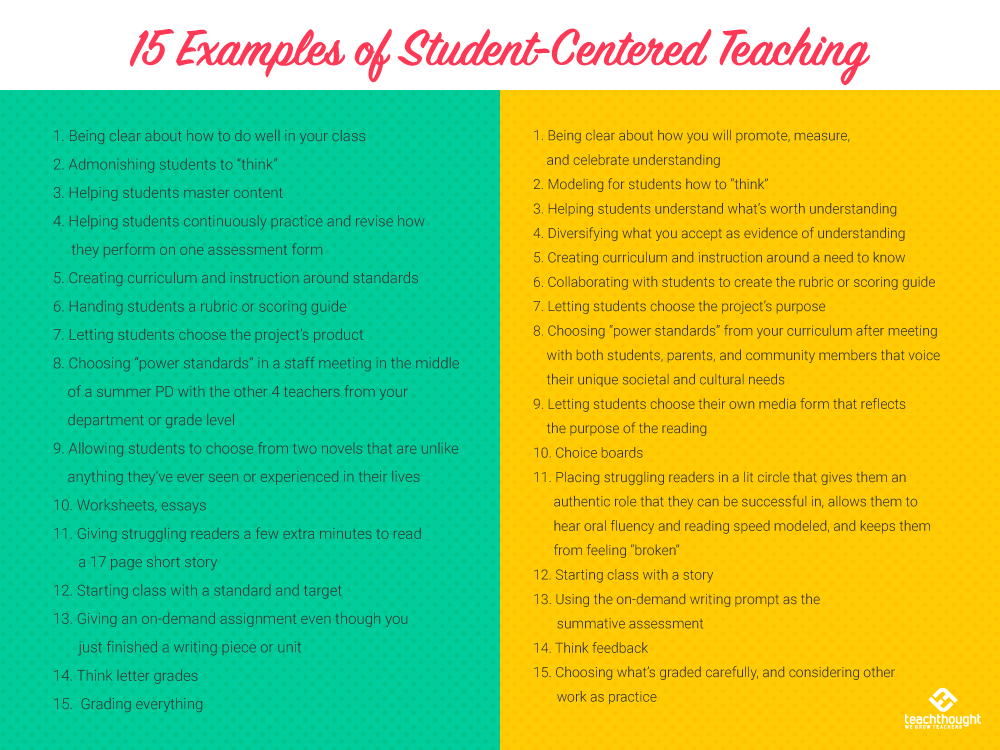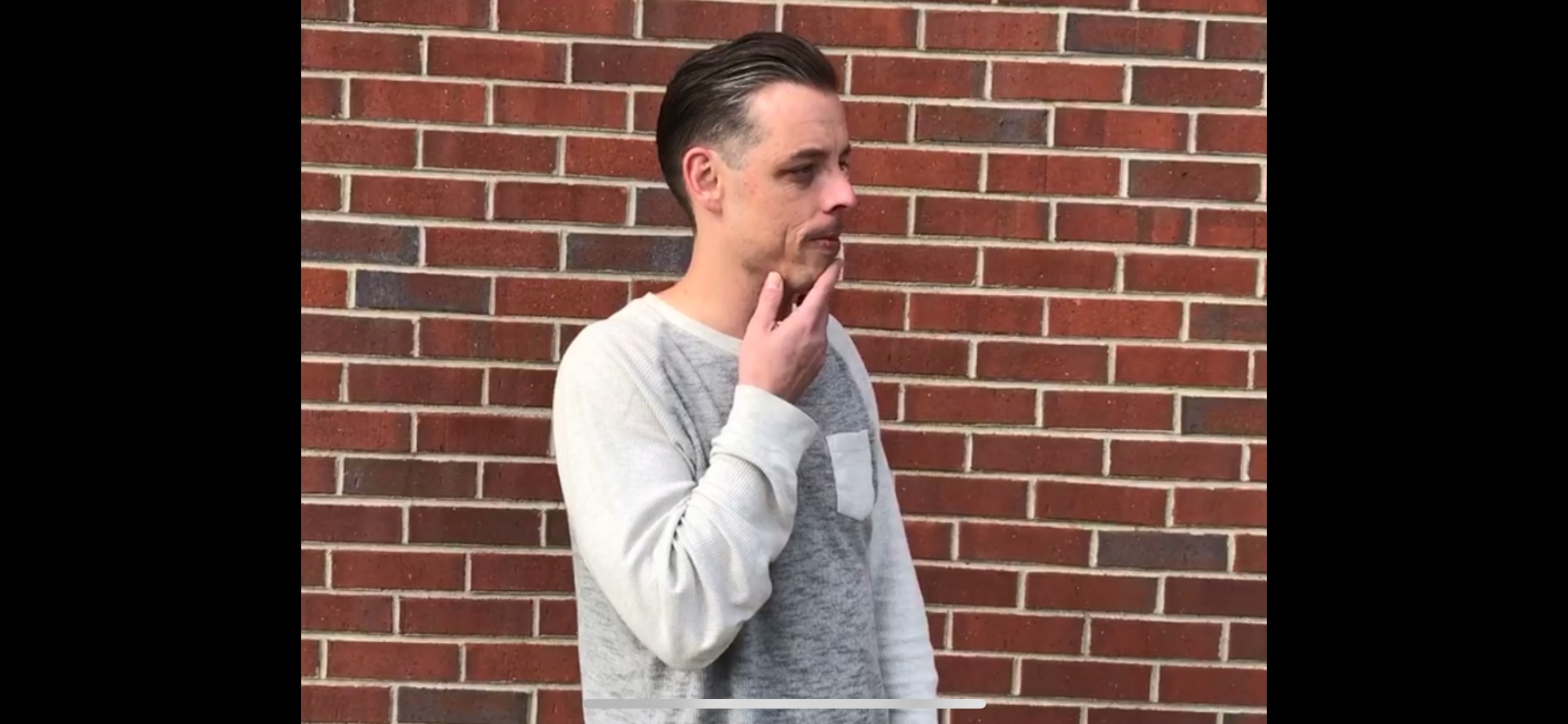What Are The Best Examples of Student-Centered Teaching?
by Terry Heick
Student-centered teaching is simply the process of teaching with student needs ‘first.’
In 28 Student-Centered Instructional Strategies, we expanded some on the idea, explaining:
“This means that planning often begins with the student in mind as opposed to a school policy or curriculum artifact, for example. Done well, it can disarm some of the more intimidating parts of academia, while also shortening the distance between the student and understanding. Put another way, student-centered teaching is teaching that is ‘aware’ of students and their needs above and beyond anything else. It places students at the center of the learning process.”
To begin to make sense of what ‘student-centered learning’ means in a modern classroom, we’ve provided some examples below. We didn’t get too carried away and progressive with it–our goal was to help clarify for practicing teachers in existing K-12 classrooms a useful definition for student-centered learning.
Examples of Teacher-Centered (Not Student-Centered)
- Being clear about how to do well in your class
- Admonishing students to ‘think’
- Helping students master content
- Helping students continuously practice and revise how they perform on one assessment form
- Creating curriculum and instruction around standards
- Handing students a rubric or scoring guide
- Letting students choose the project’s product
- Choosing ‘power standards’ in a staff meeting in the middle of a summer PD with the other 4 teachers from your department or grade level
- Allowing students to choose from two novels that are unlike anything they’ve ever seen or experienced in their lives
- Worksheets, essays
- Giving struggling readers a few extra minutes to read a 17-page short story
- Starting class with a standard and target
- Giving an on-demand assignment even though you just finished a writing piece or unit
- Framing learning in terms of letter grades and certificates and completion
- Grading every assignment and recording those grades (which makes everything a student does a matter of their permanent record)
Examples of Student-Centered (Not Teacher-Centered)
- Being clear about how you will promote, measure, and celebrate understanding
- Modeling ‘how to think‘ for students
- Helping students understand what’s worth understanding
- Diversifying what you accept as evidence of understanding
- Creating curriculum and instruction around a need to know
- Collaborating with students to create the rubric or scoring guide
- Letting students choose the project’s purpose
- Choosing ‘power standards’ from your curriculum after meeting with both students, parents, and community members that voice their unique societal and cultural needs
- Letting students choose their own media form that reflects the purpose of the reading
- Choice boards
- Placing struggling readers in a lit circle that gives them an authentic role that they can be successful in, allows them to hear oral fluency and reading speed model and keeps them from feeling ‘broken’
- Starting class with a story
- Using the on-demand writing prompt as the summative assessment
- Framing learning in terms of process and growth and purpose
- Choosing what’s graded carefully, and considering other work as practice

